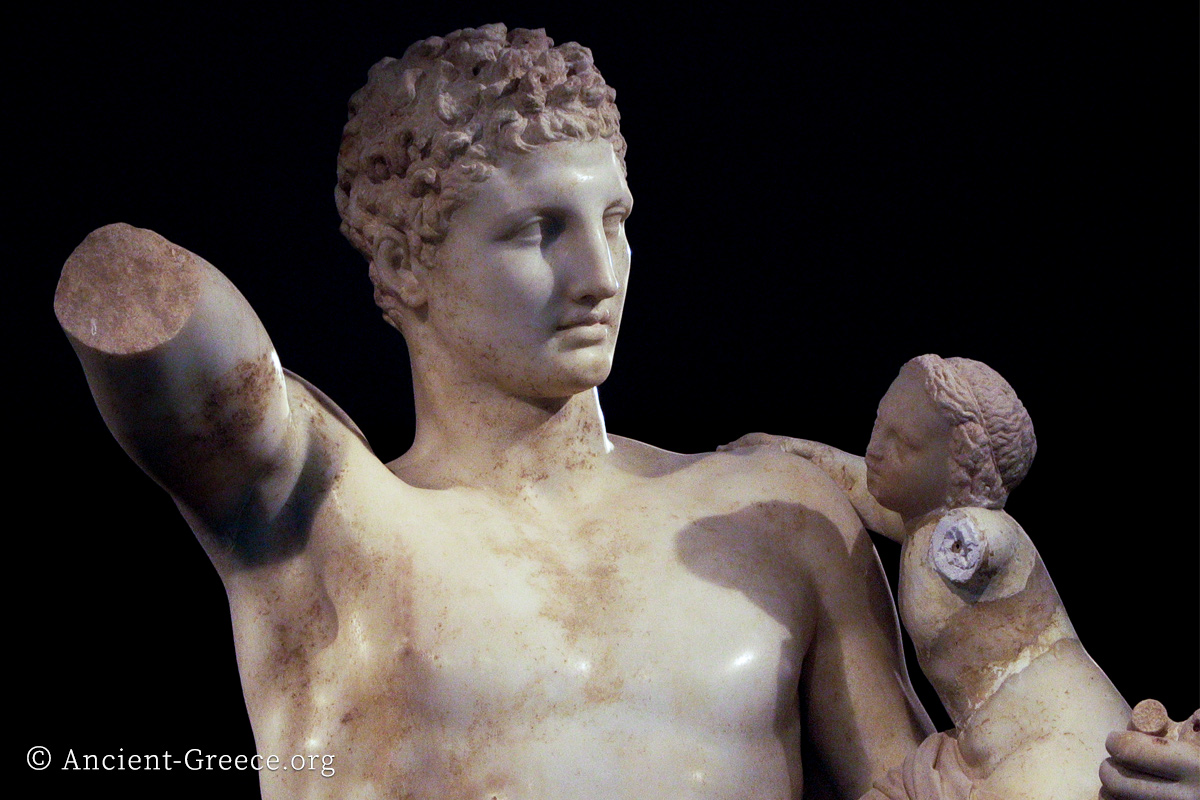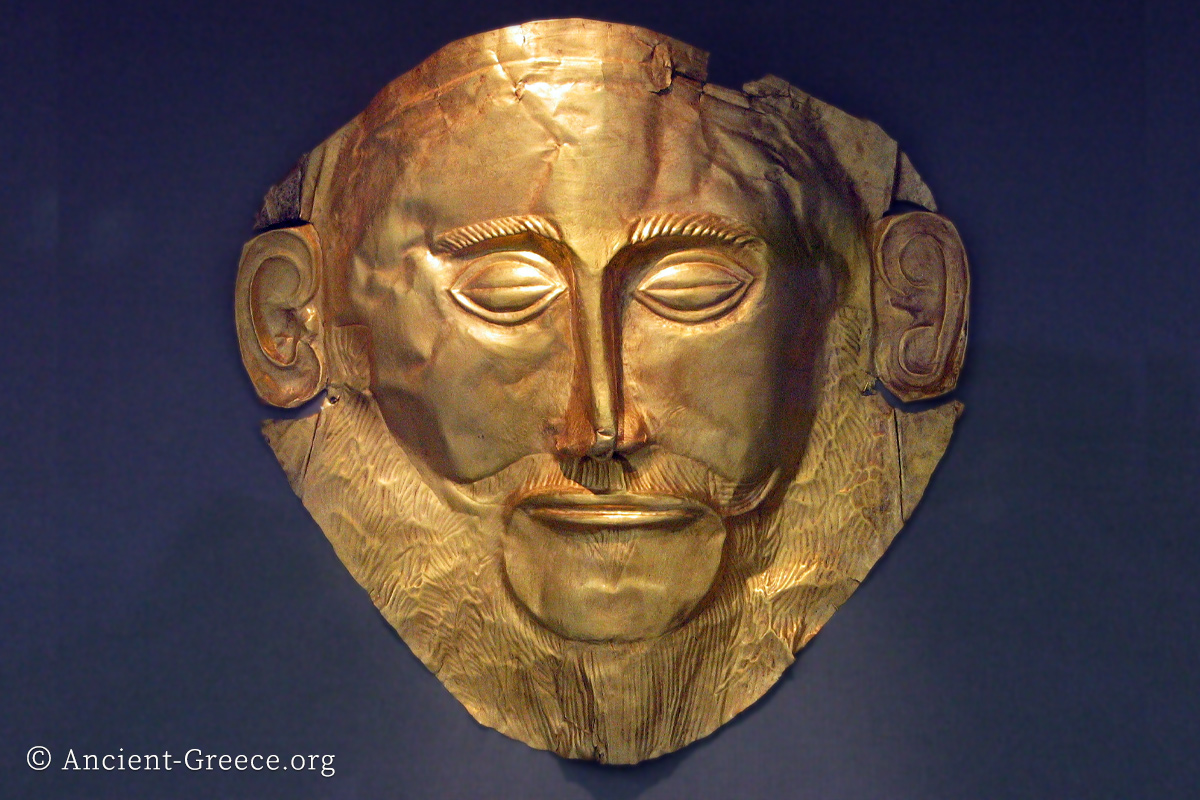Peloponnese
-
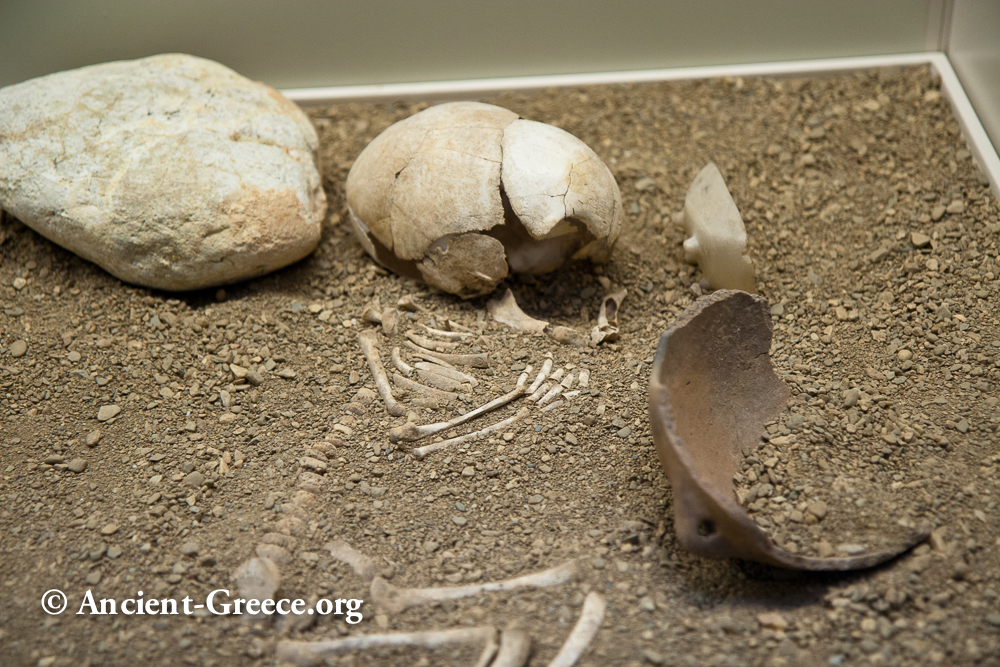
Franchthi Cave History
Read more: Franchthi Cave HistoryFranchthi Cave (Φράγχθι Σπήλαιον) in Argolis, Peloponnese, Greece offers a rich unbroken record of human habitation from the Paleolithic era (at least since 38000 BCE) to the end of the Neolithic period and beyond. Location Francthi Cave is…
-
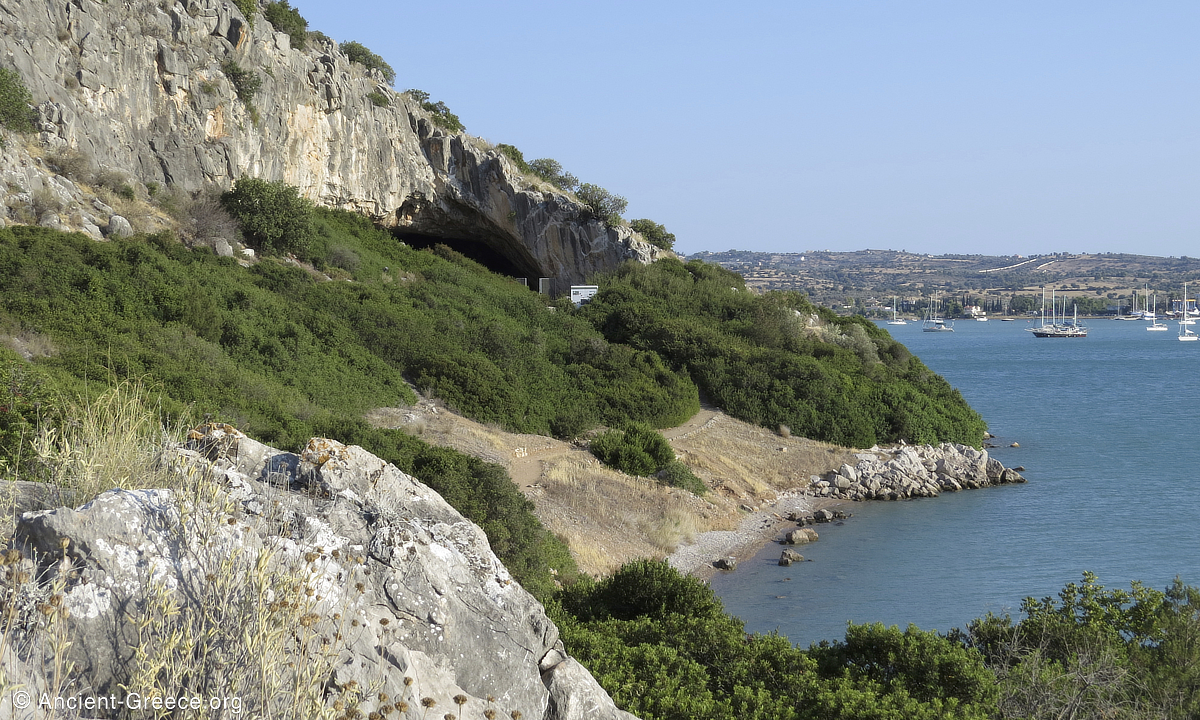
Franchthi Cave
Read more: Franchthi CaveFranchthi Cave (Φράγχθι Σπήλαιον) is an archaeological site in Argolis, Peloponnese. The cave is the best known of a very small collection of Stone Age sites in Greece. Excavations have revealed a rich unbroken record of human habitation…
-
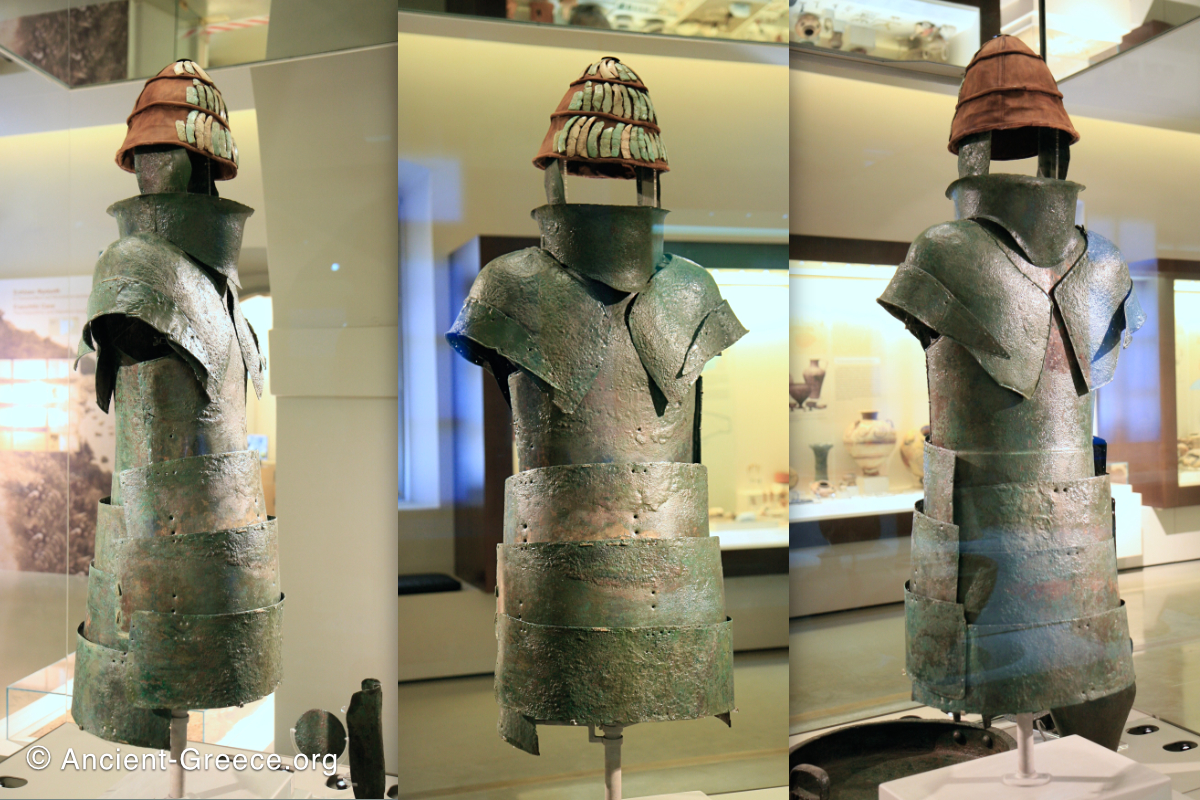
Nafplion Archaeological Museum
Read more: Nafplion Archaeological MuseumΤο Αρχαιολογικό Μουσείο Ναυπλίου (The Archaeological Museum of Nafplion, or Nafplio, Nauplio,) is home to objects unearthed in the Argolis area, Peloponnese, Greece. It exhibits artifacts from excavations in the general Argolis area, including rare Mesolithic objects from…
-
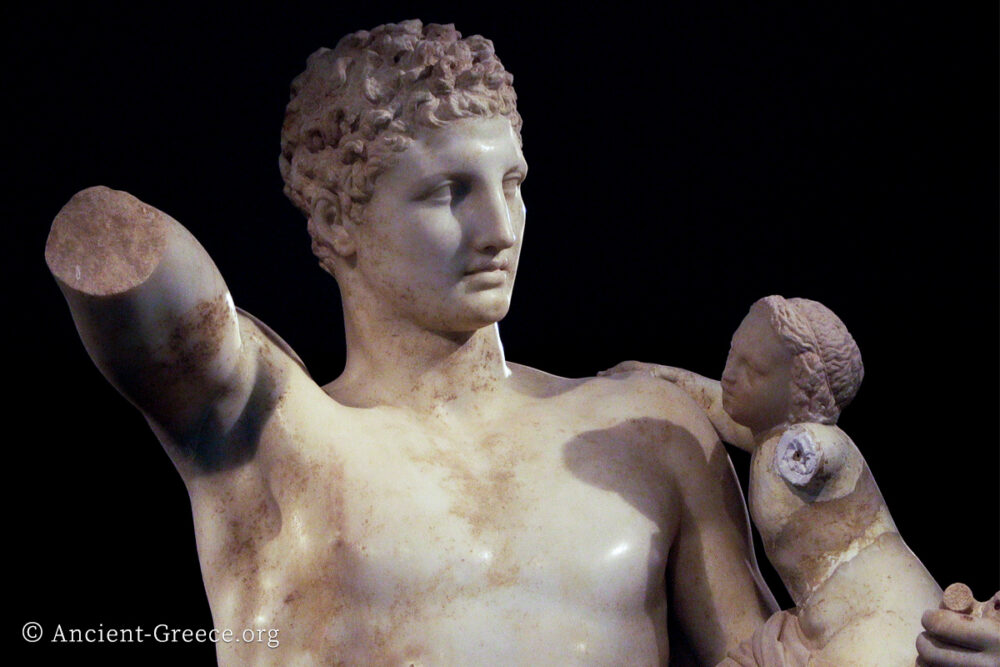
Olympia Archaeological Museum
Read more: Olympia Archaeological MuseumThe Archaeological Museum of Olympia (Αρχαιολογικό Μουσείο Ολυμπίας) is one of the most visited museums in Greece. It is located in Olympia, Peloponnese, which is one of the most important archaeological sites and the birth of the original…
-
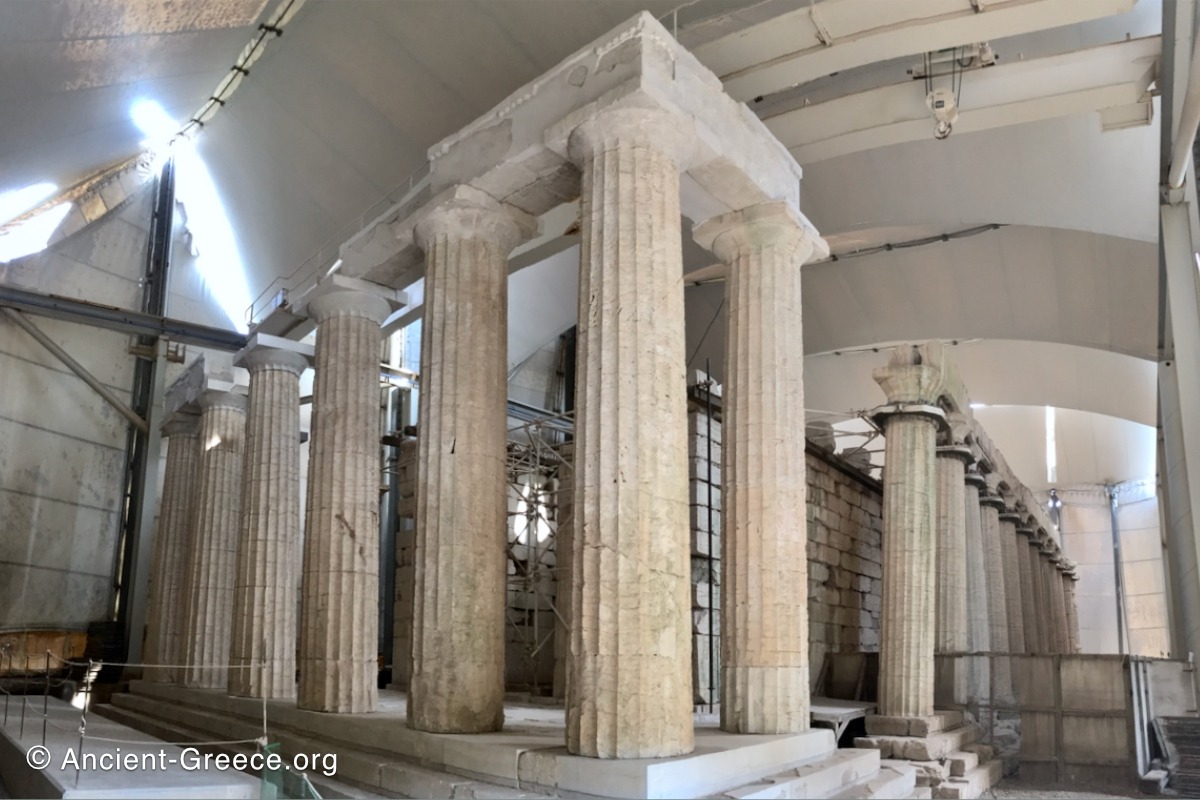
Bassae
Read more: BassaeΒάσσαι (Bassae, also transilterated as Bassai) is an archaeological site in the Pelopponese which is home to the Classical Era temple of Apollo Epikourios. The temple of Apollo Epikourios at Bassae of Figaleia still has its colonnade standing…
-

History of Greece: Mycenaean Greece
Read more: History of Greece: Mycenaean GreeceMycenaean is the civilization that dominated mainland Greece, the Aegean islands, and the shores of Asia Minor during the late Bronze Age era (circa 1600-1100 BCE). The Mycenaean Era occupies the tail end of the Helladic Civilization, which…
-
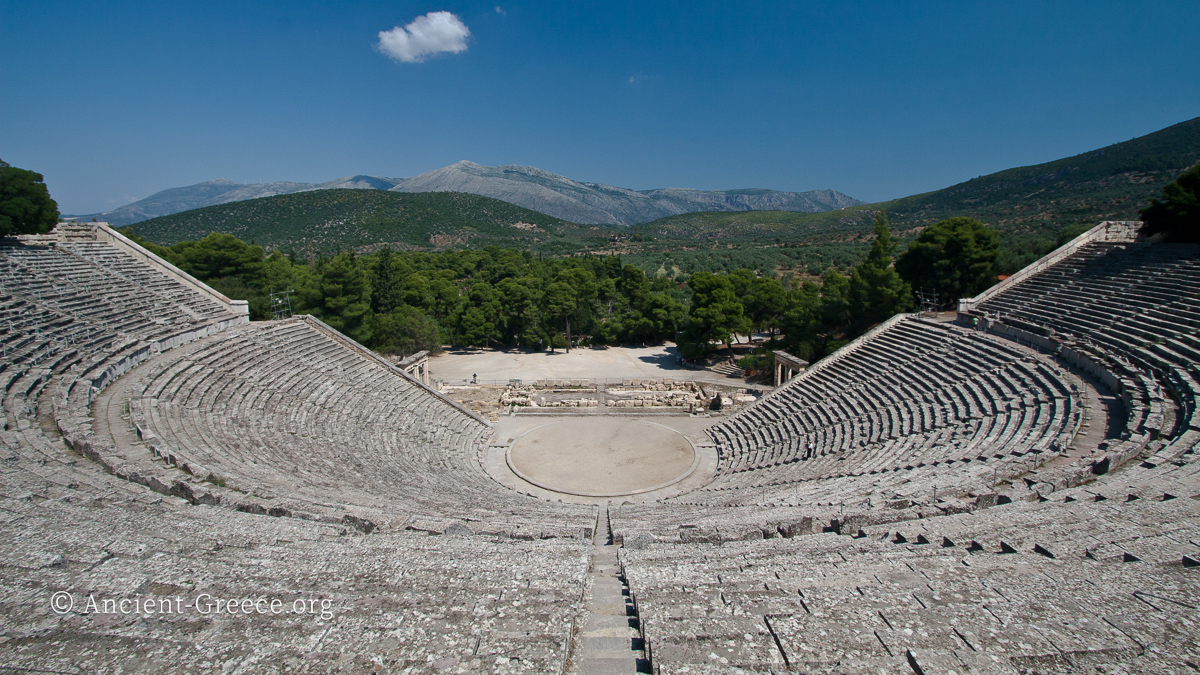
Epidaurus Archaeological Site
Read more: Epidaurus Archaeological SiteThe Asklepieion of Epidaurus (Ασκληπιείον τής Επιδαύρου) is a renown ancient Greek healing center which is considered the cradle of medicinal arts, and the mother sanctuary of the plethora of other Asklepieia that were built throughout the Hellenic…
-

Mycenae Archaeological Museum
Read more: Mycenae Archaeological MuseumMycenae Museum is built next to Mycenae archaeological site to house artifacts from the Bronze Age citadel excavations. While the most important Mycenaean artifacts are exhibited at the National Archaeological Museum of Athens, a variety of other objects…
-
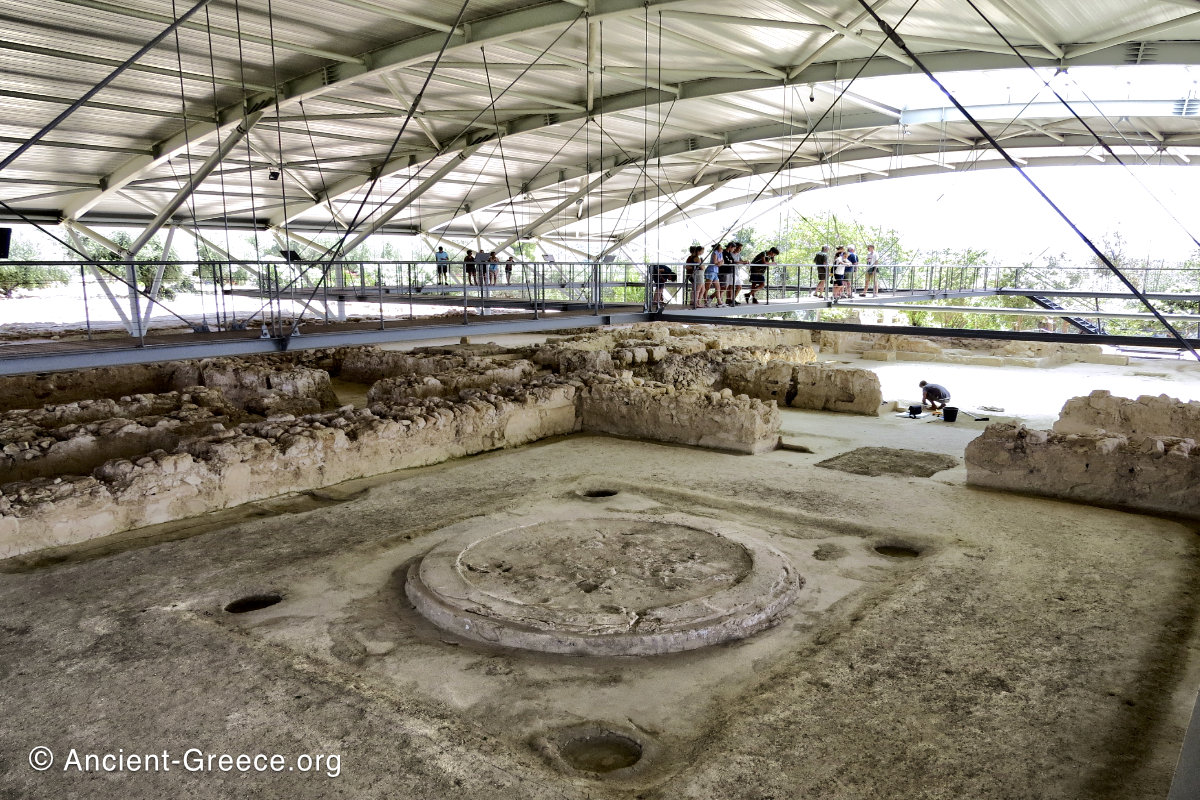
Nestor’s Palace
Read more: Nestor’s PalaceThe Mycenaean palace of Nestor (Ανάκτορο του Νέστορα) is an archaeological site near Pylos in SW Peloponnese, Greece. It was an influential center during the Late Bronze Age era (circa 1600-1100 BCE), and it played a role in…
-
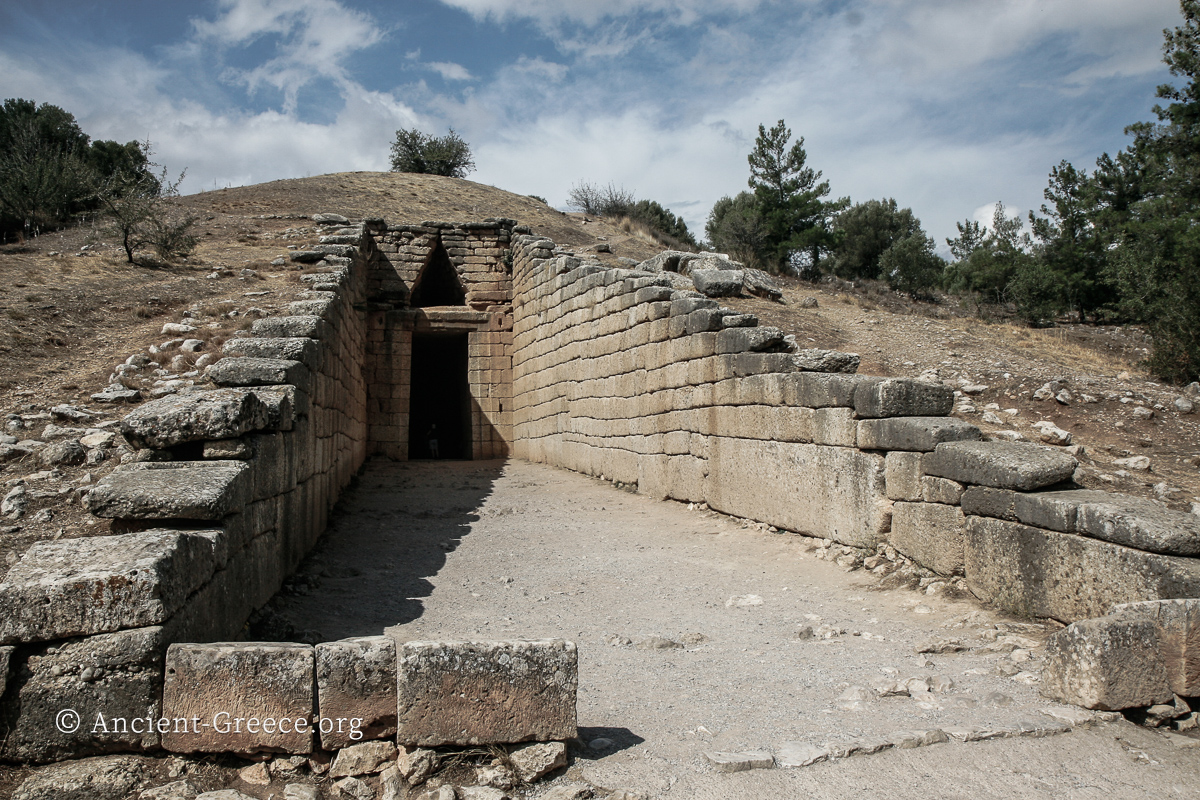
Treasury of Atreus
Read more: Treasury of AtreusThe tholos tomb at Mycenae known as “Treasury of Atreus”, built between 1350 and 1250 BCE, is the largest, best preserved, and one of the latest built in the Bronze Age. It is also known as “Tomb of…


